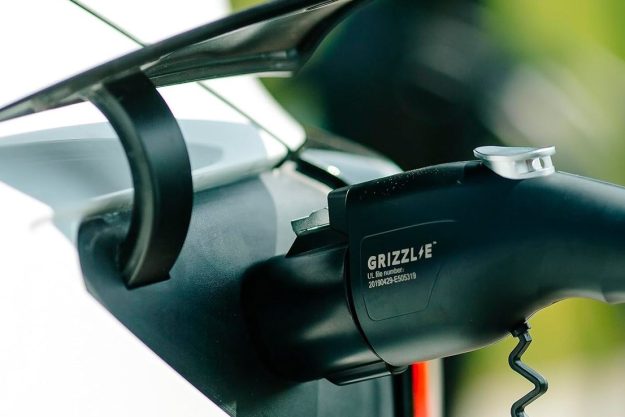Kahn Design has made a reputation recently with its modified Land Rovers, but for its latest project the British company is moving a bit further upscale.
If Kahn’s Defender-based Flying Huntsman is a beast, then the new WB12 Vengeance is a beauty. It’s based on the Aston Martin DB9, and like the various Flying Huntsman models, its modifications go well beyond bolt-on parts.
Design sketches show a grille that would Hannibal Lecter blush, plenty of aggressive scoops and inlets, and round taillights that give the Vengeance a slightly retro feel.
The “WB” in WB12 stands for “Wide Body,” which will probably be the most distinguishing feature of this car when it appears in real life. The sketches, particularly the top view, show that the fenders have been pulled further away from the body, but the full impact will probably be more significant when viewing the real ting.
Of course, the “12” stands for V12, as in the 6.0-liter V12 that is standard issue in the DB9. Kahn did not make any mechanical changes, so the Vengeance will have the same 510 horsepower and 457 pound-feet of torque as the stock Aston.
Kahn Design CEO and founder Afzal Kahn said the company did not want to change any of the DB9’s underlying structure, instead focusing only on aesthetics in the tradition of automotive coachbuilding.
The coachbuilding method of taking an existing chassis and redressing it with a new body has become difficult thanks to the complex design of modern cars and very stringent safety regulations.
Nonetheless, there have been a few notable examples of limited-production coachbuilt cars in recent years, such as the Alfa Romeo 8C-based Disco Volante by Italy’s Touring, and Pininfarina’s Ferrari 458-based Sergio.
Coach building isn’t well suited to the pace of modern manufacturing either. Kahn says it spent about six years developing the WB12 Vengeance, and each of the extremely limited run of production cars will be hand built. Every car will come with a plaque engraved with the names of everyone who worked on it.
The lucky few who get the keys to a Vengeance will get much more than a modded Aston Martin. They’ll get something that’s part car, part sculpture.


